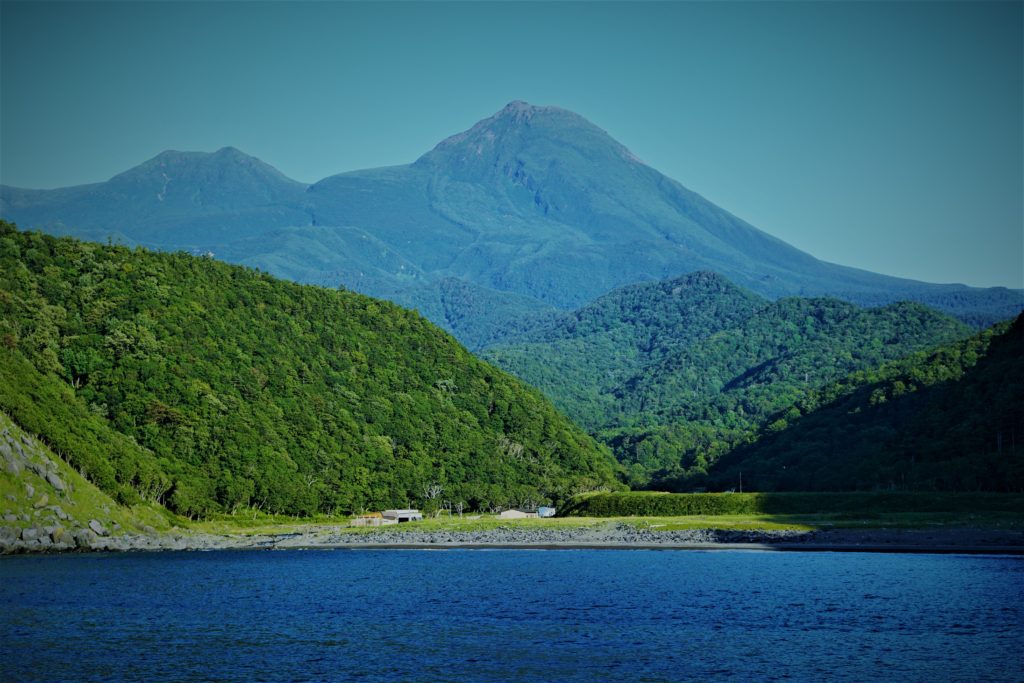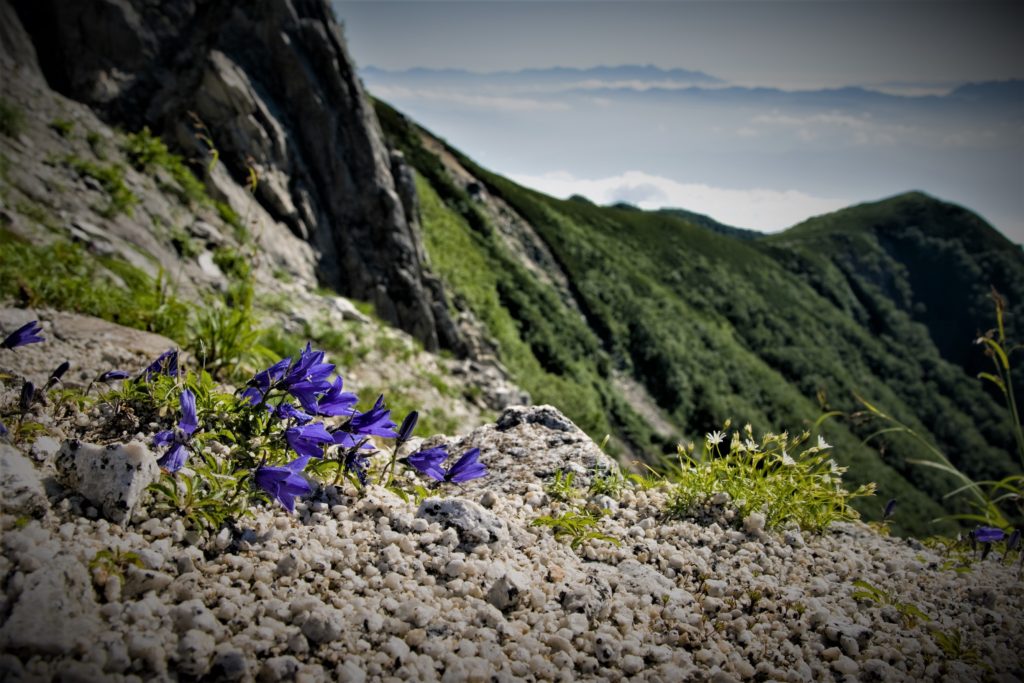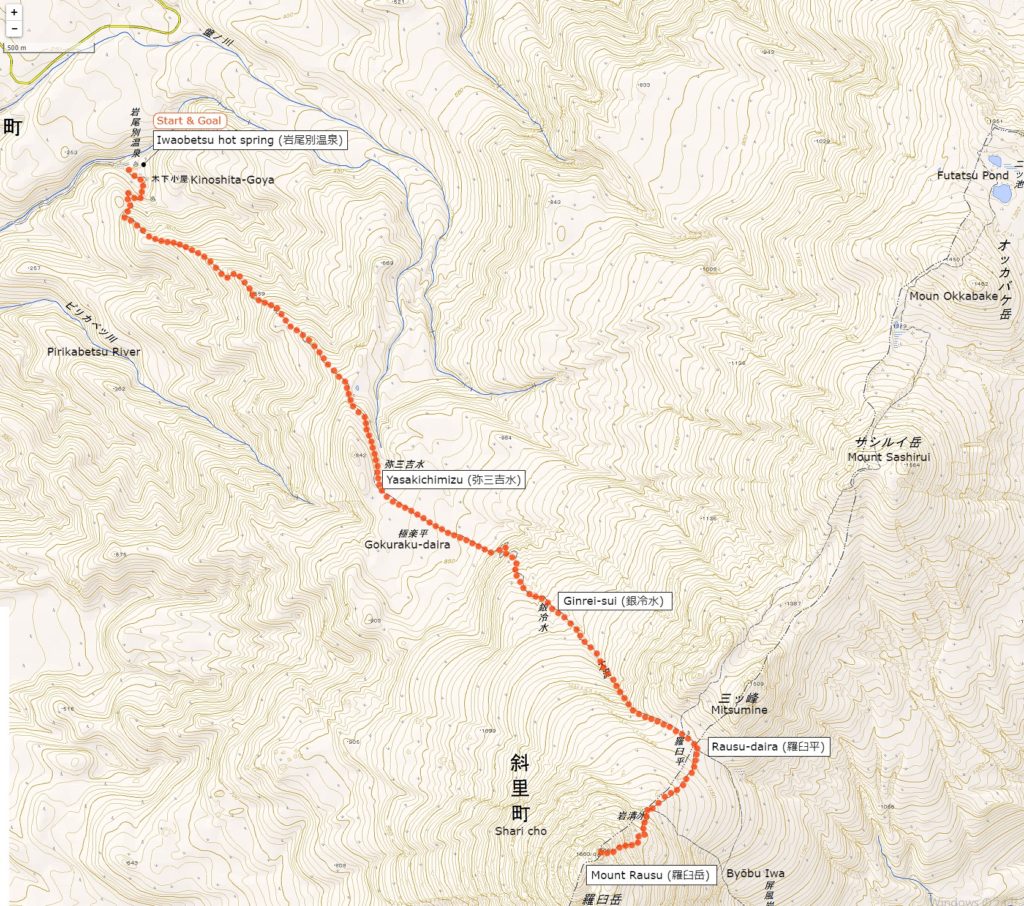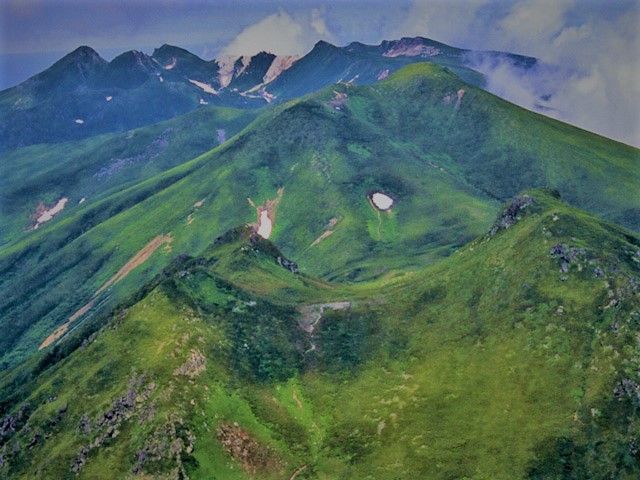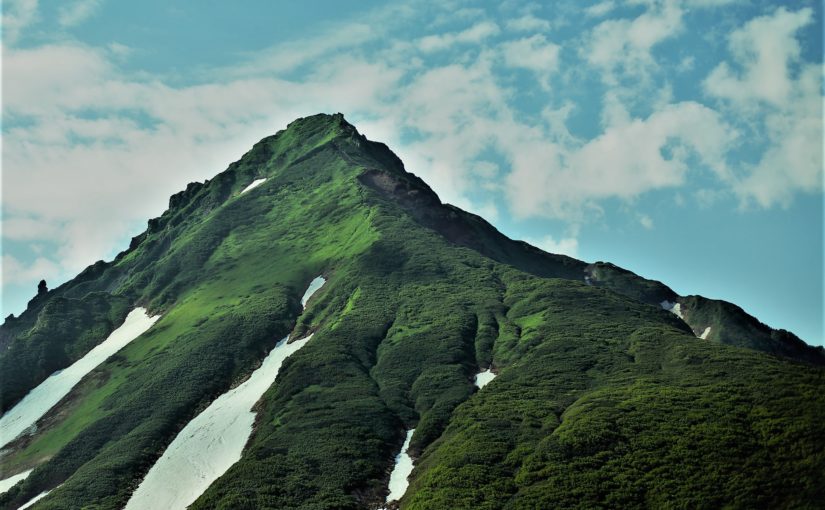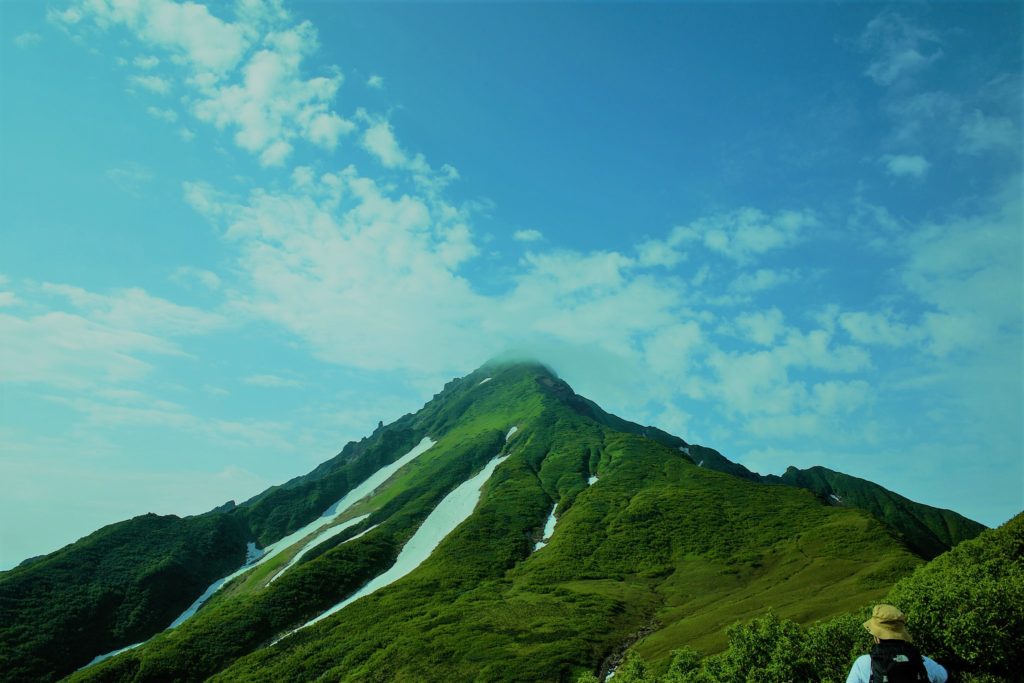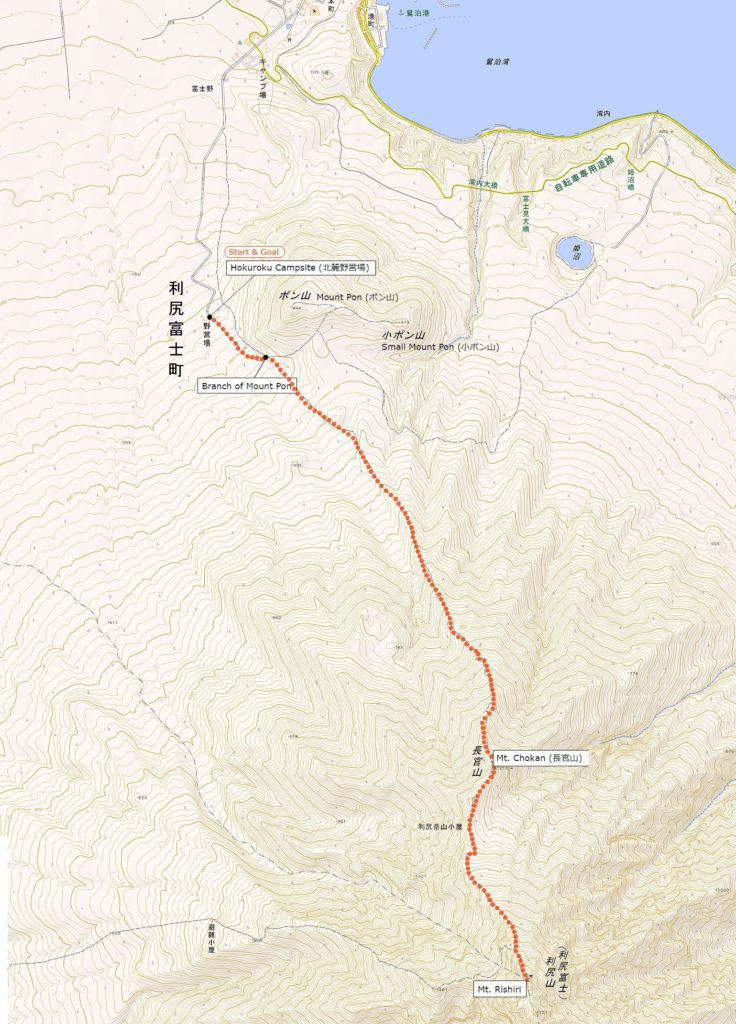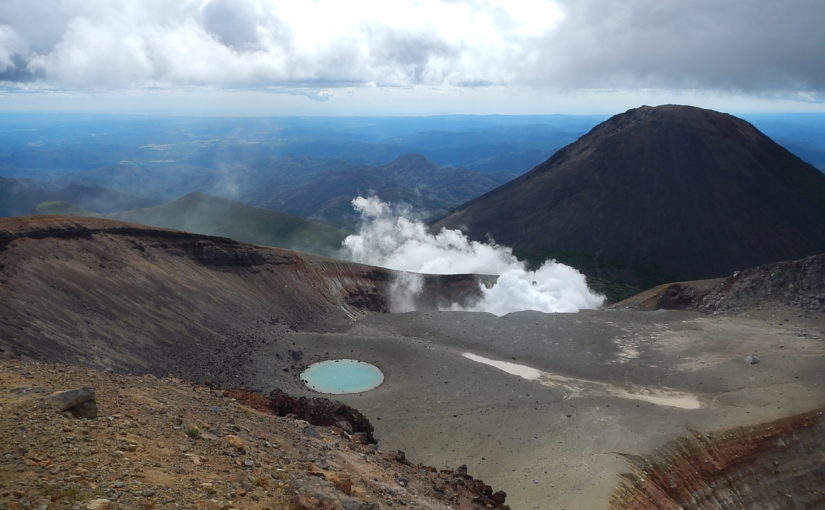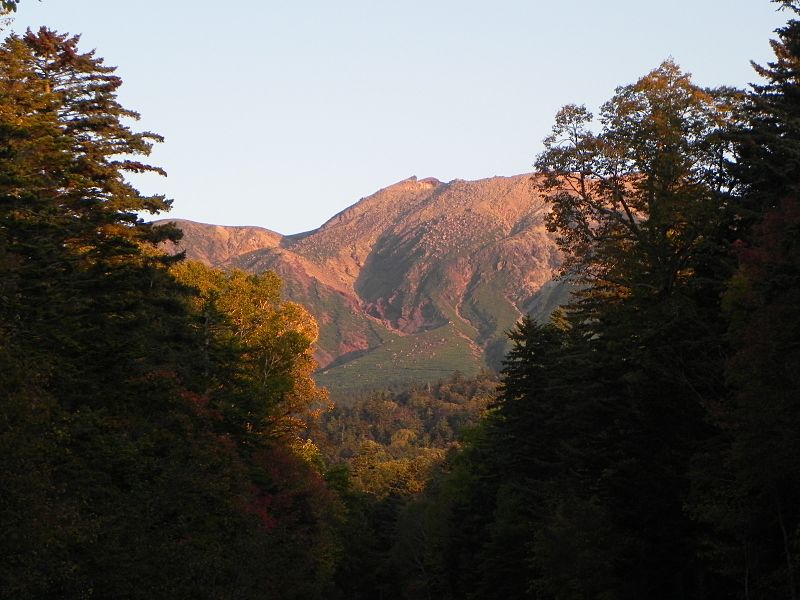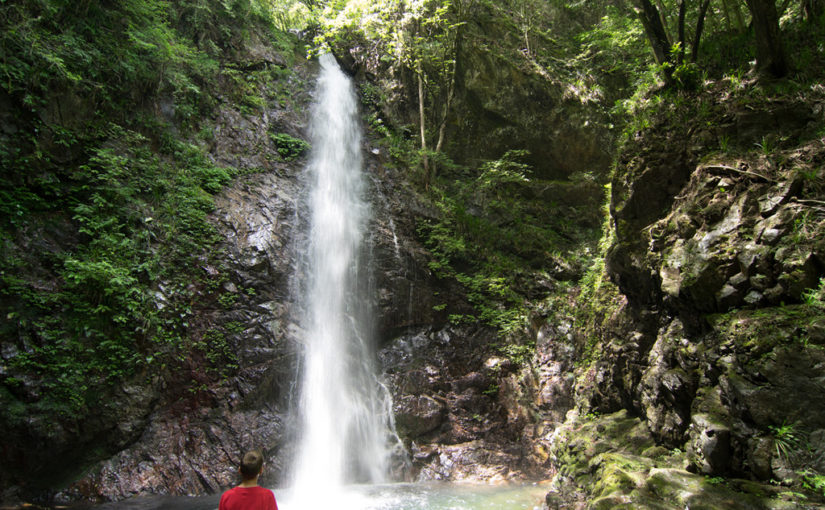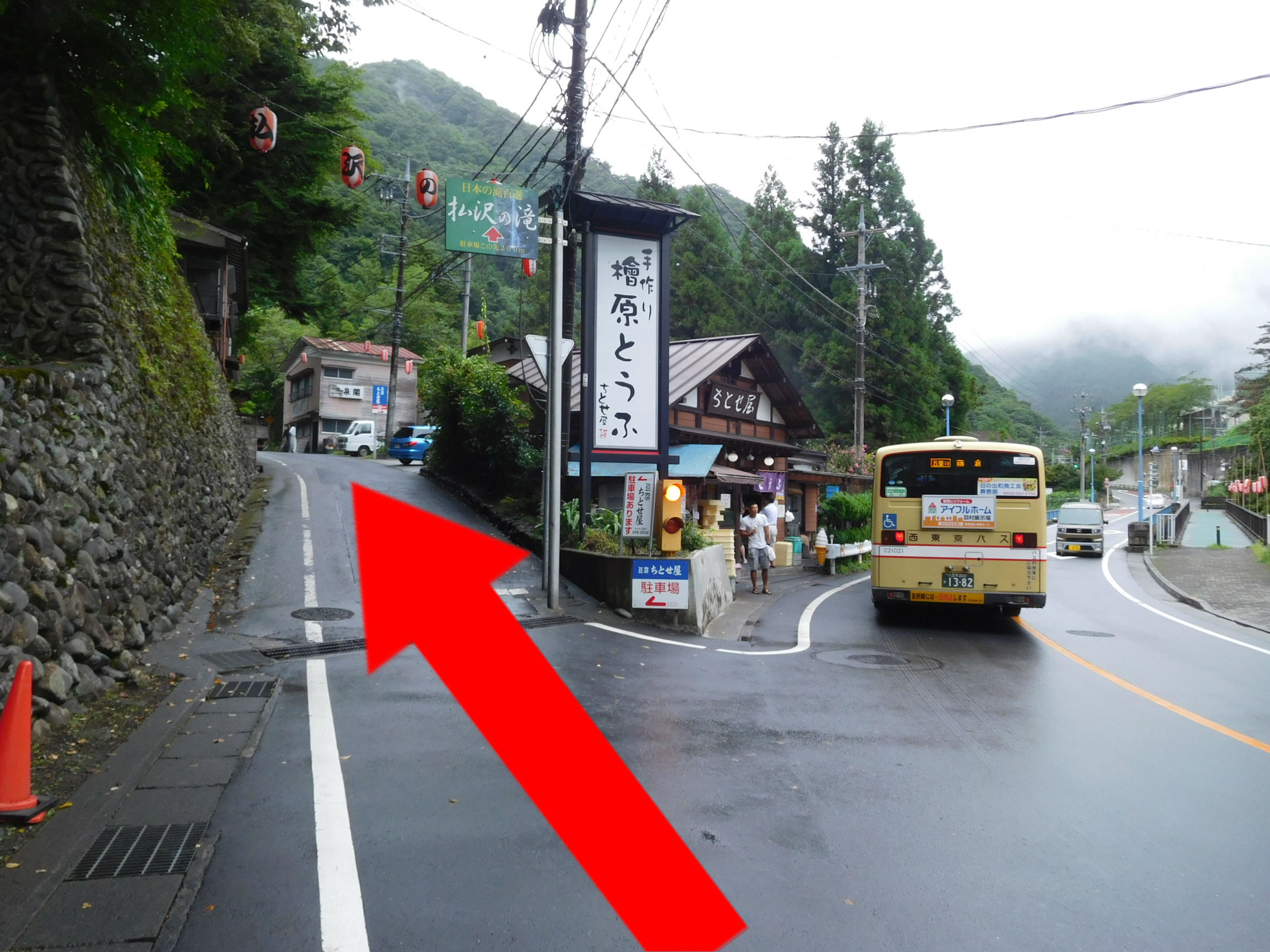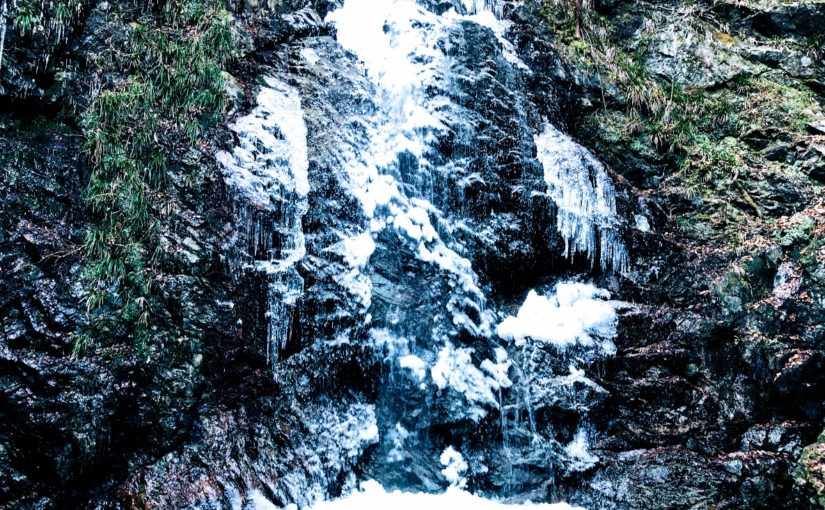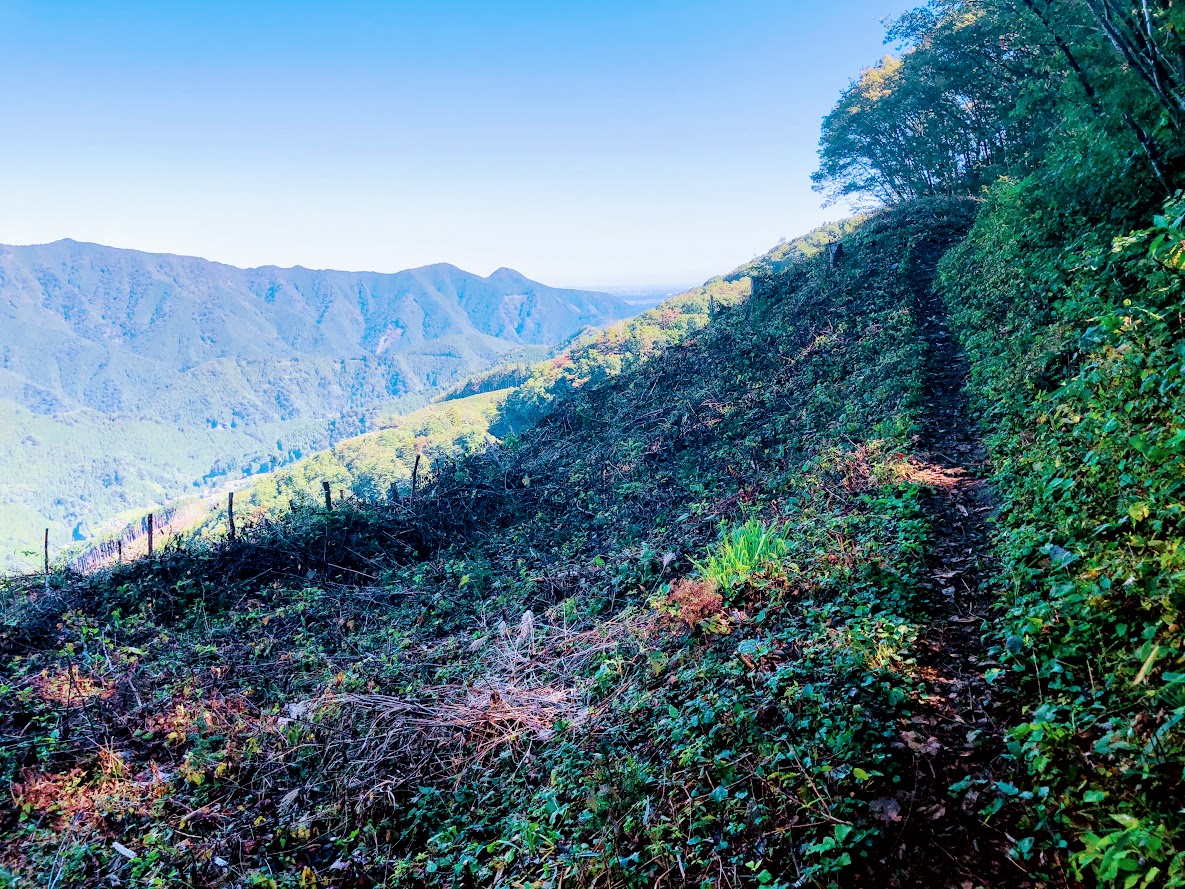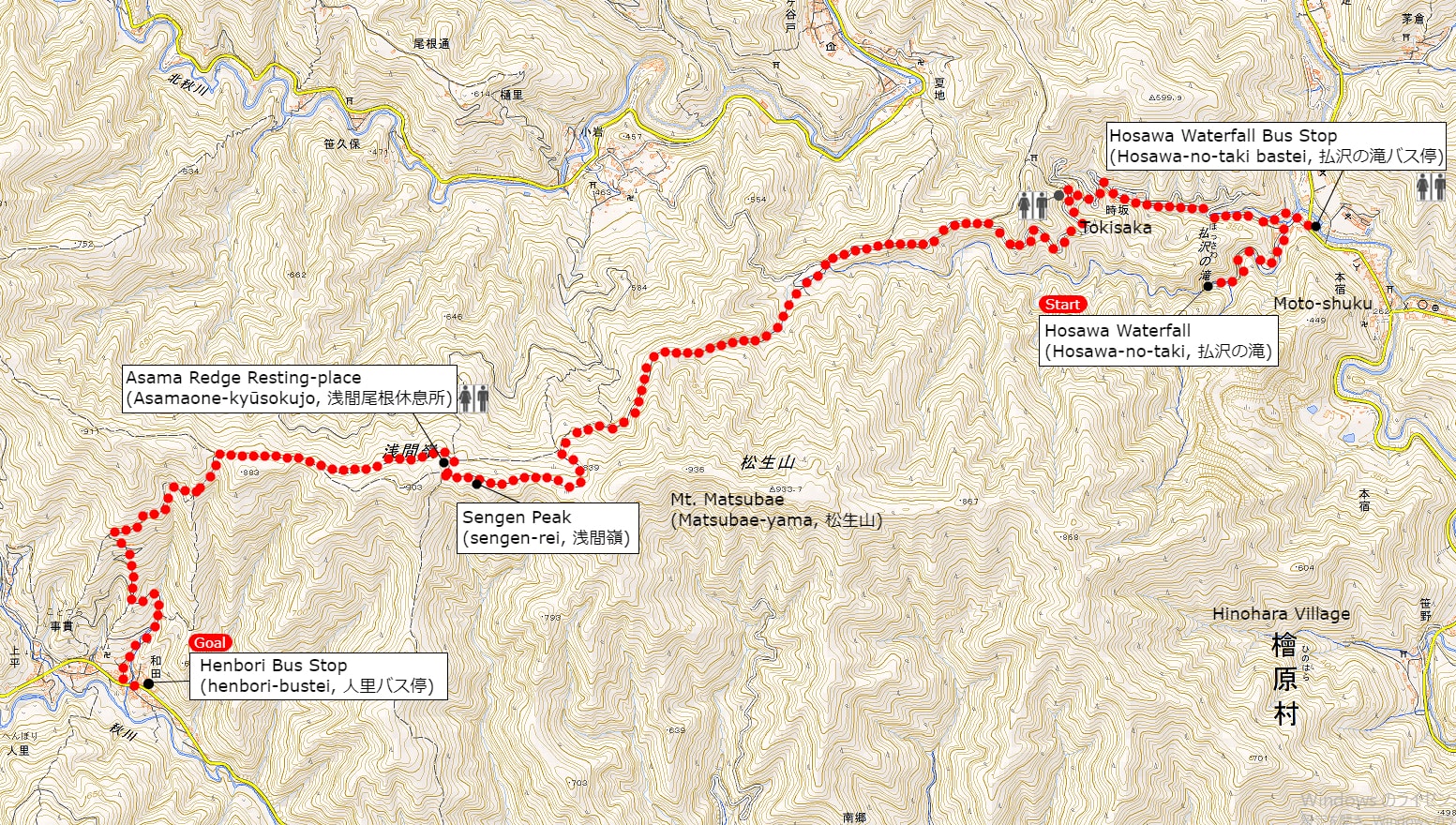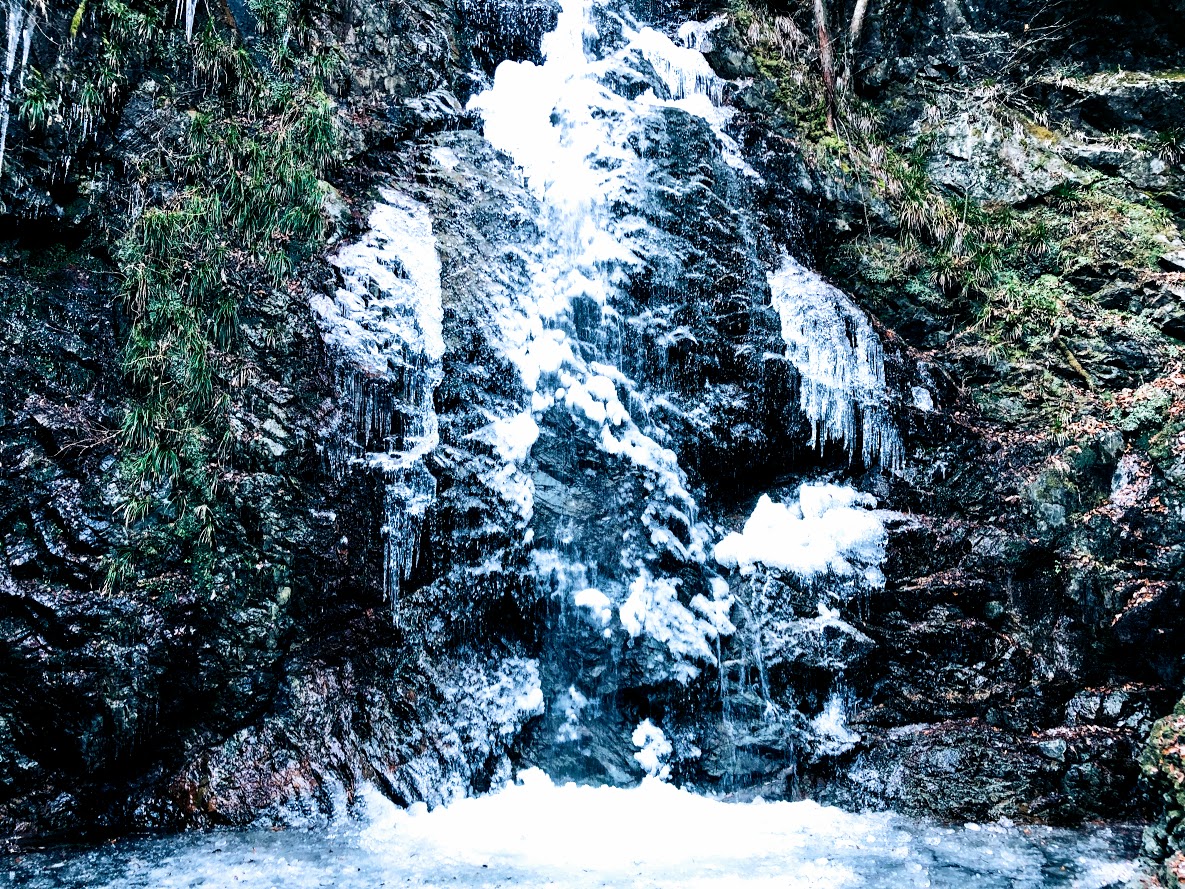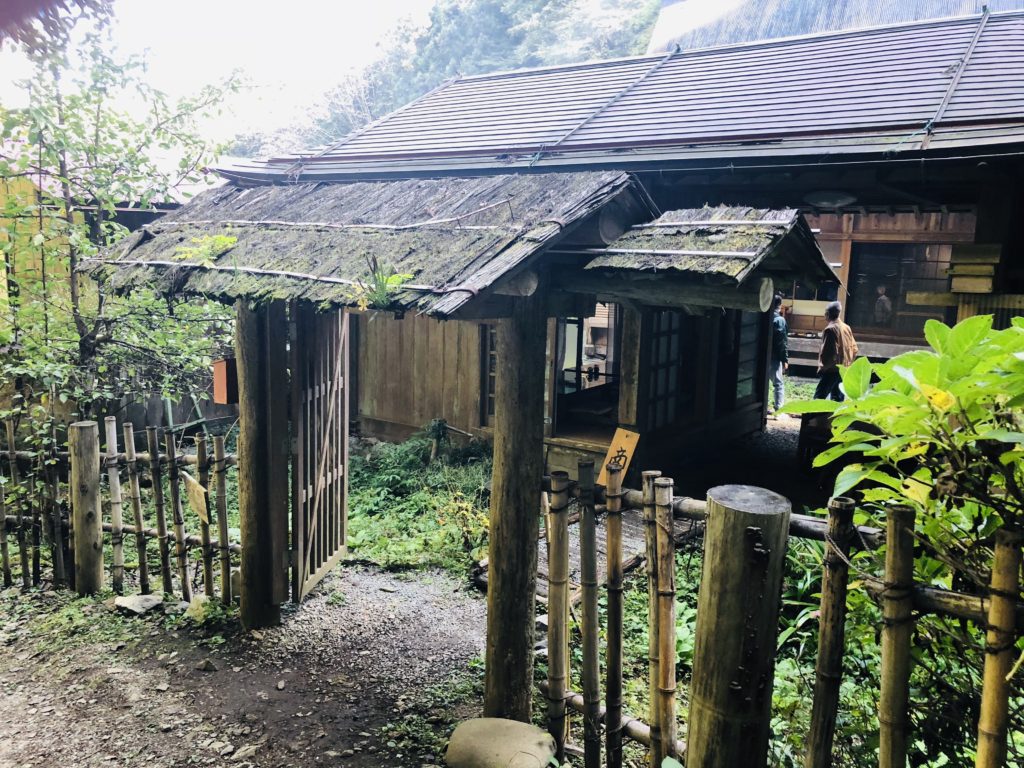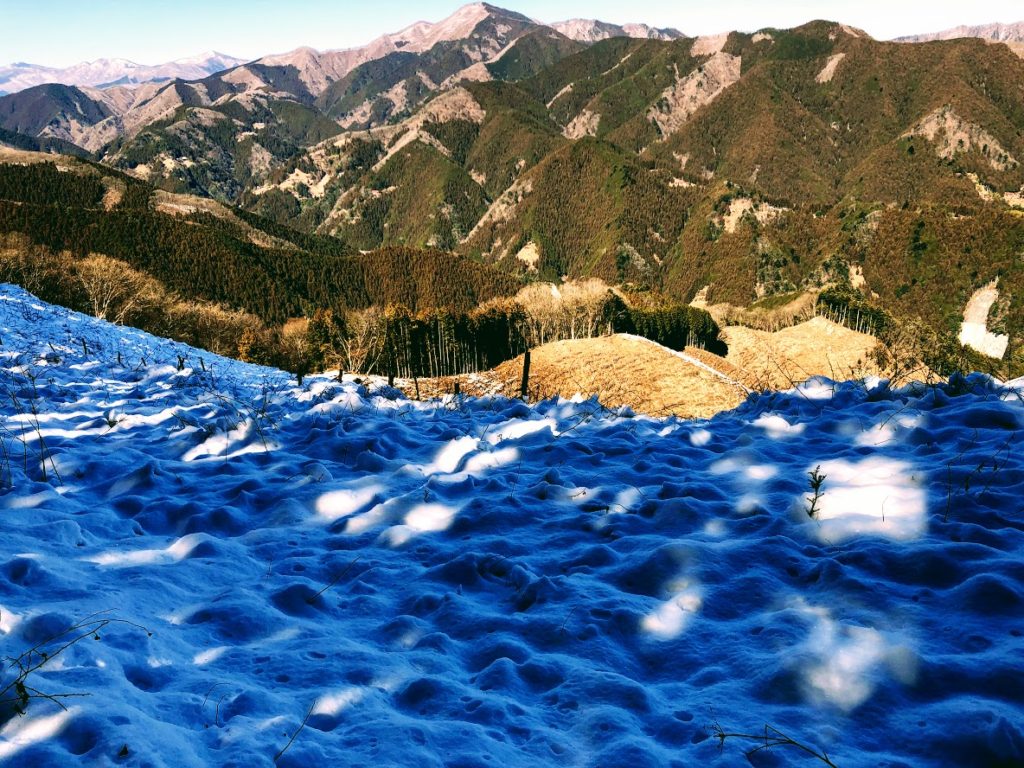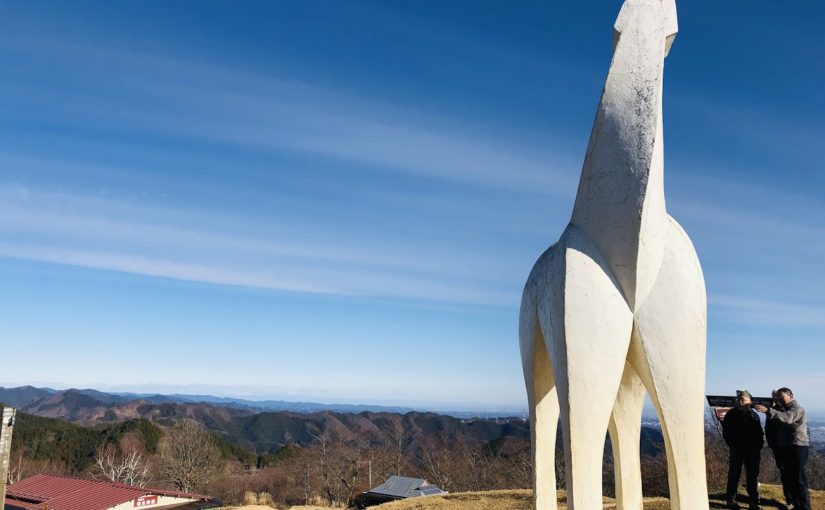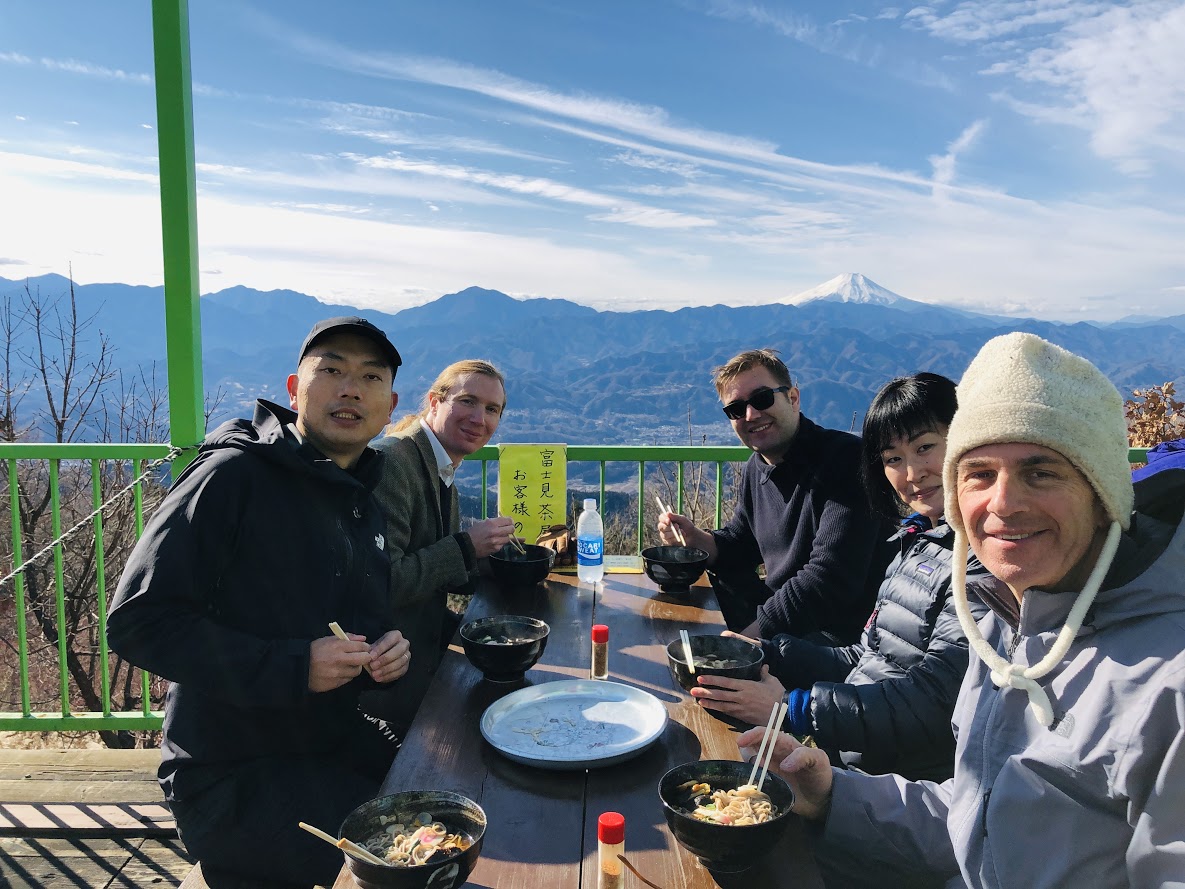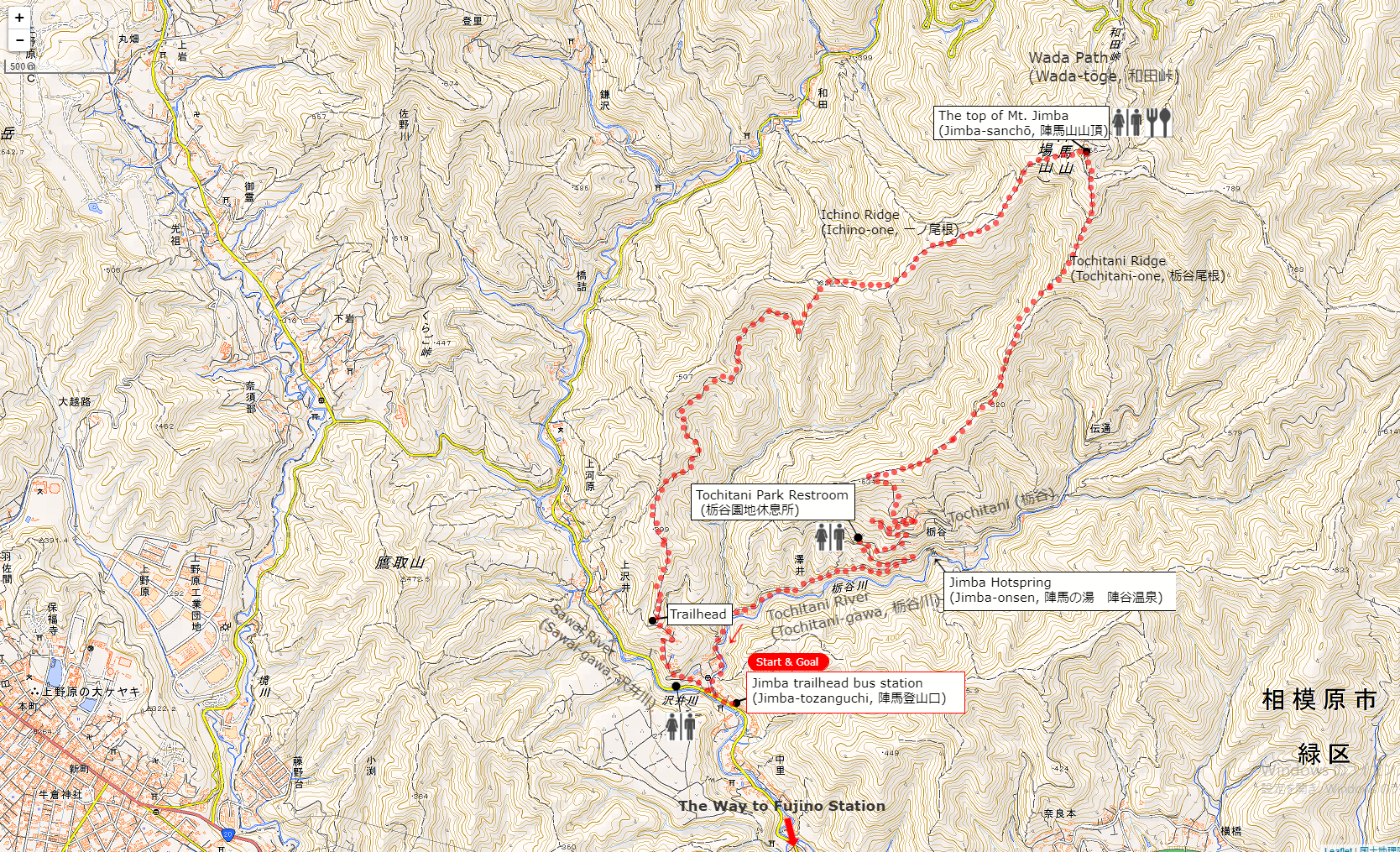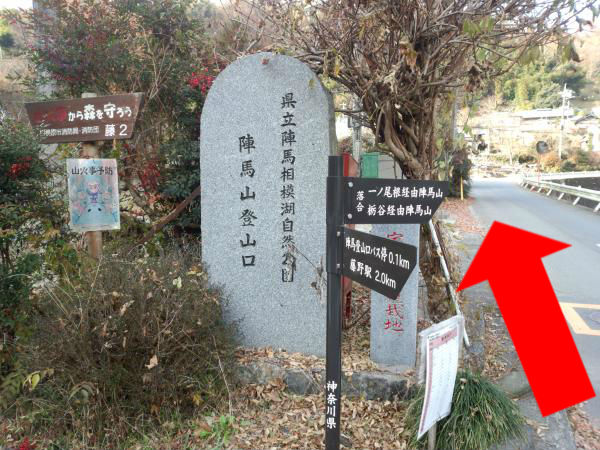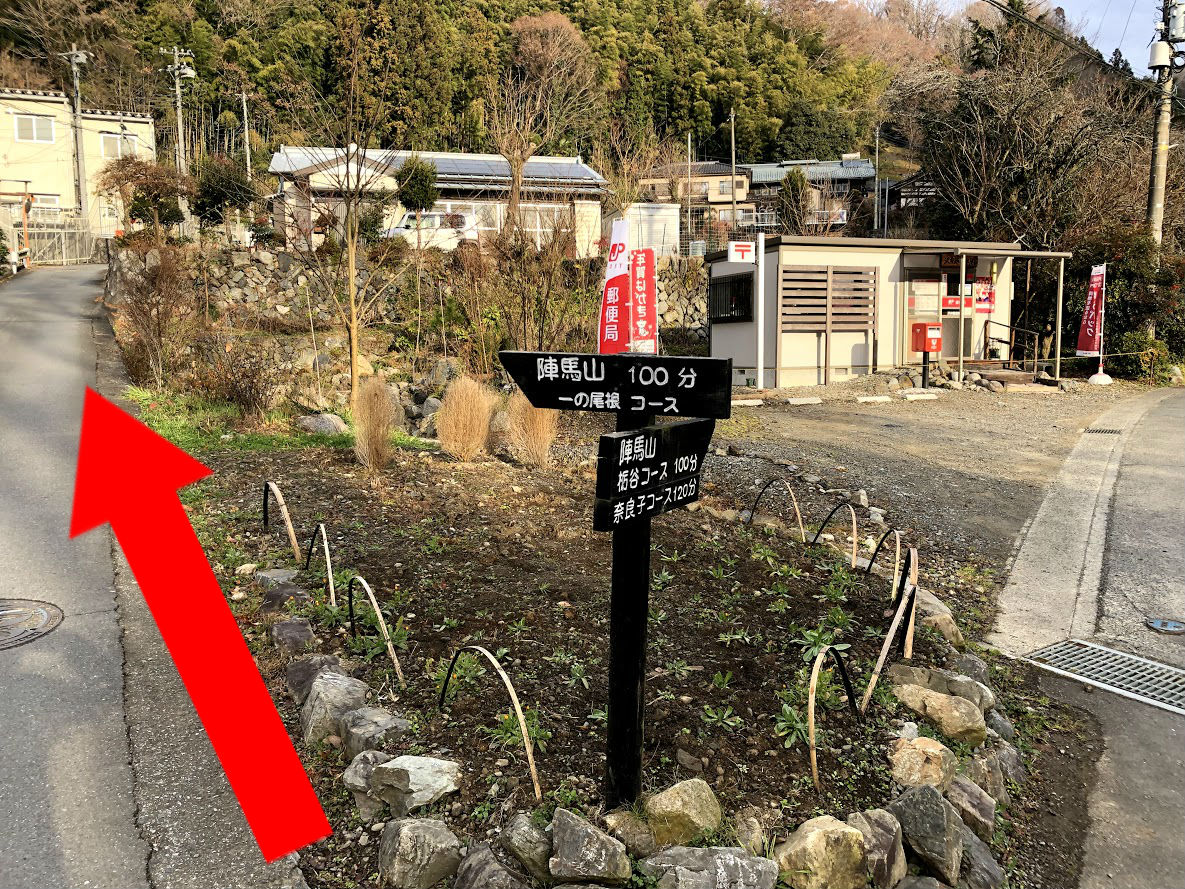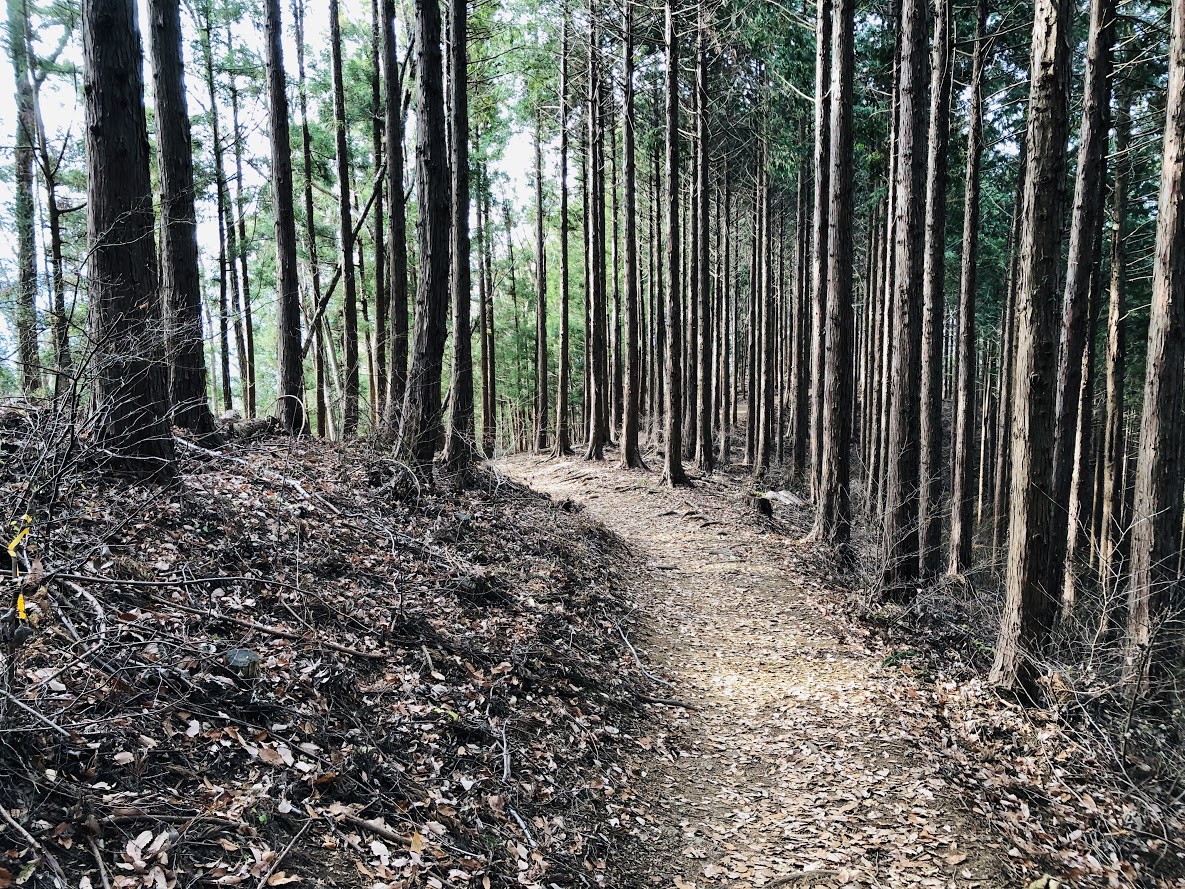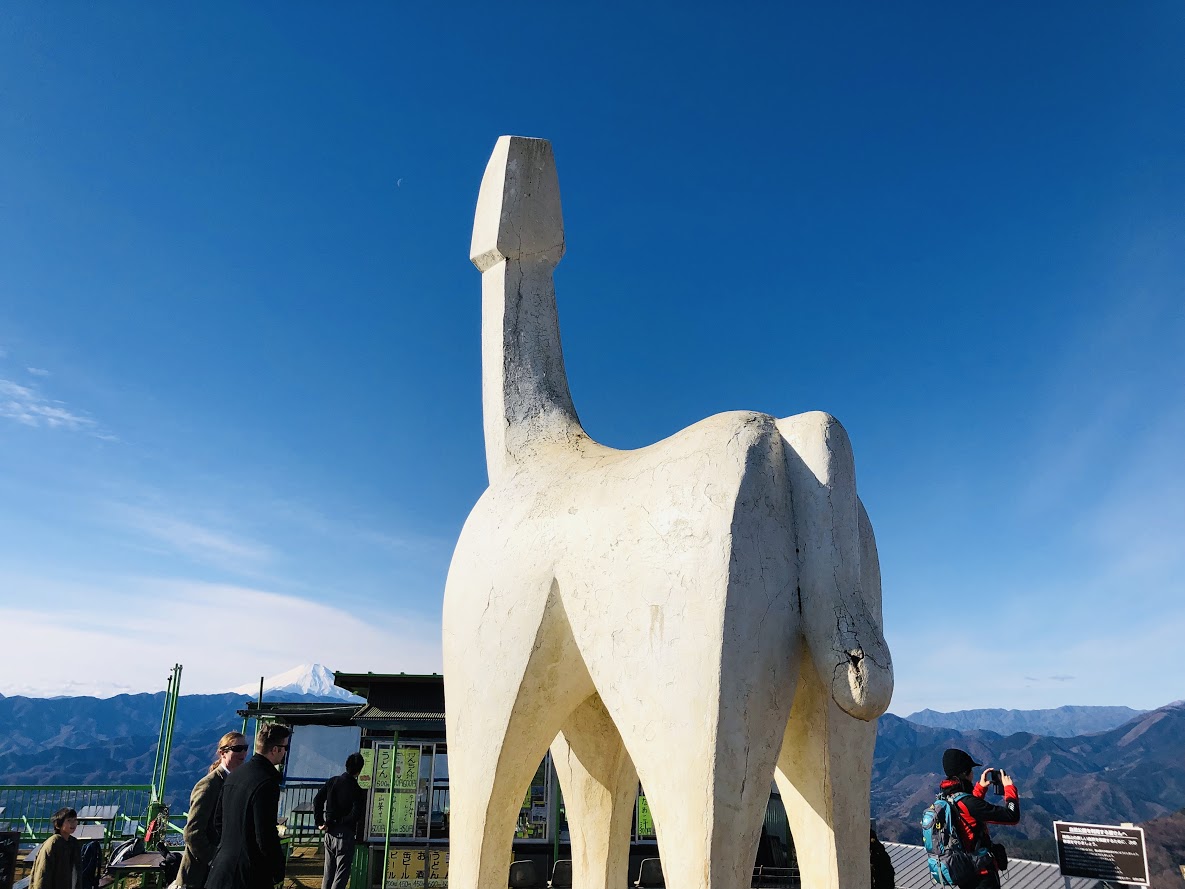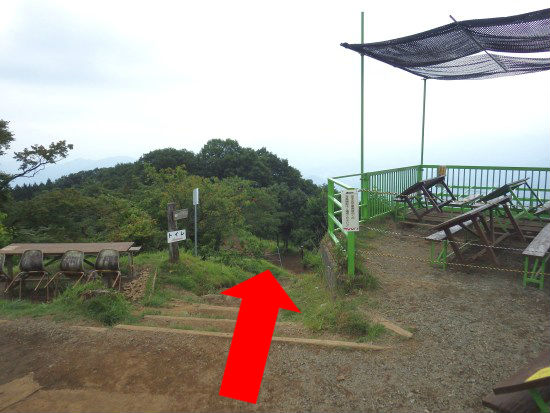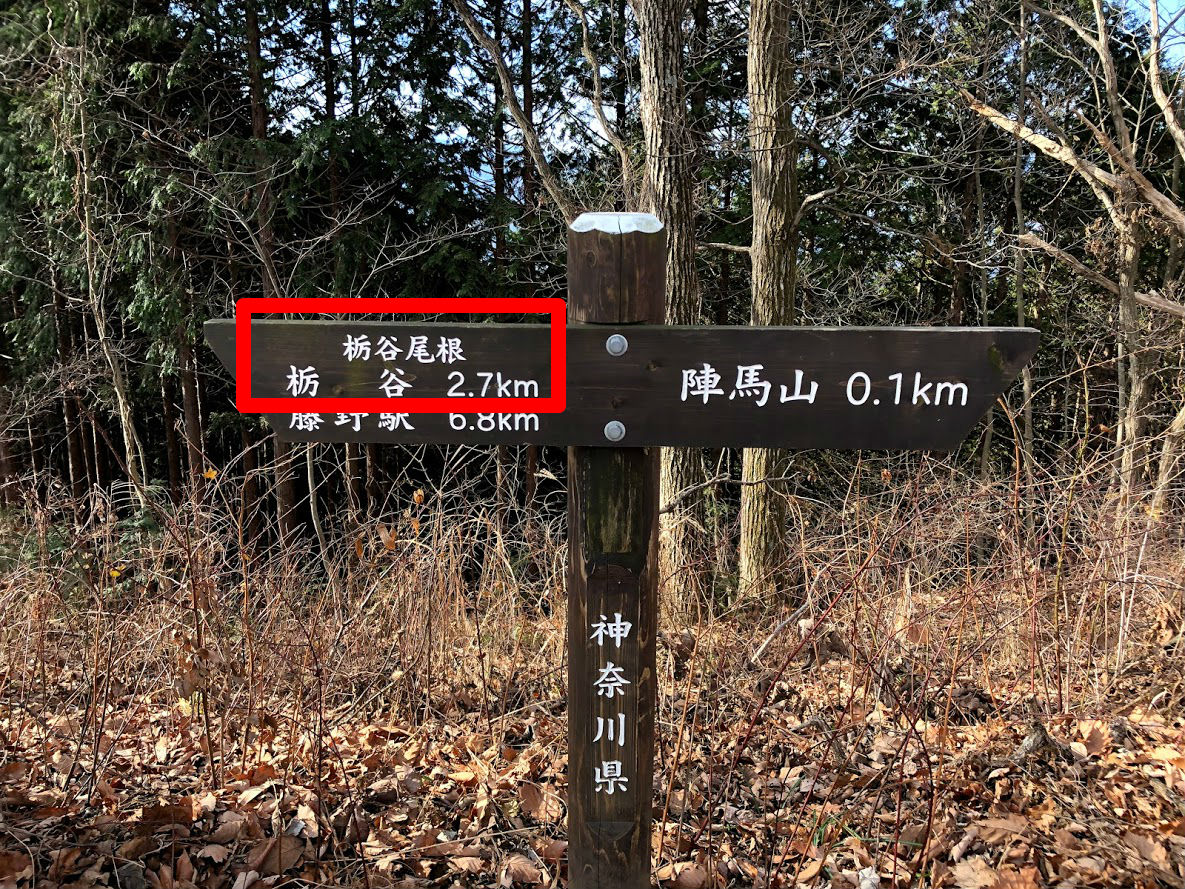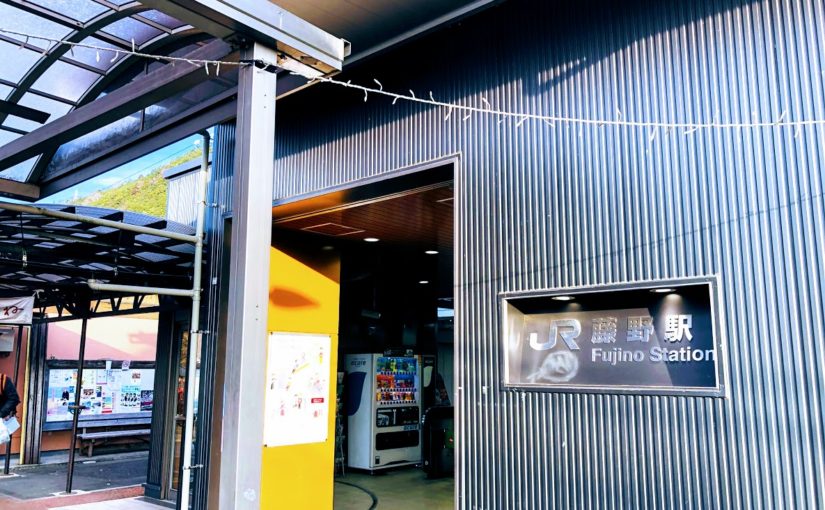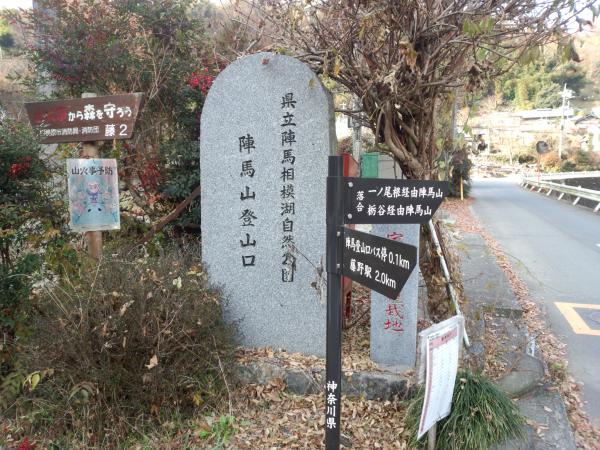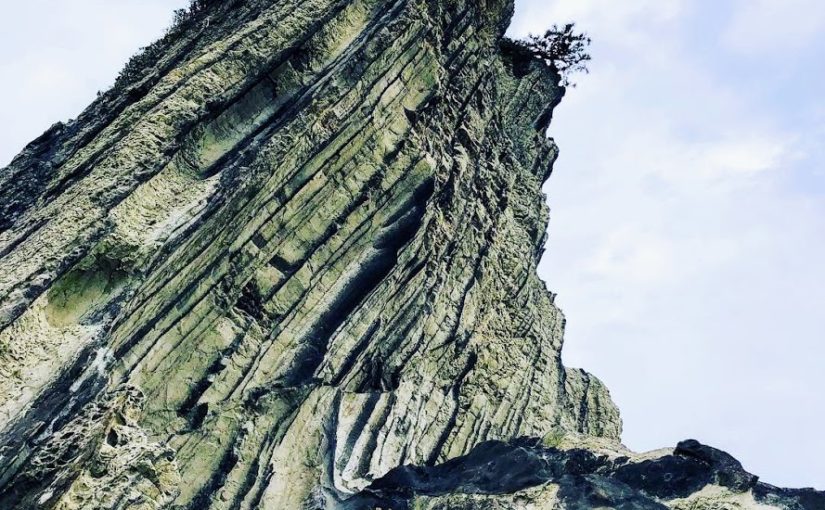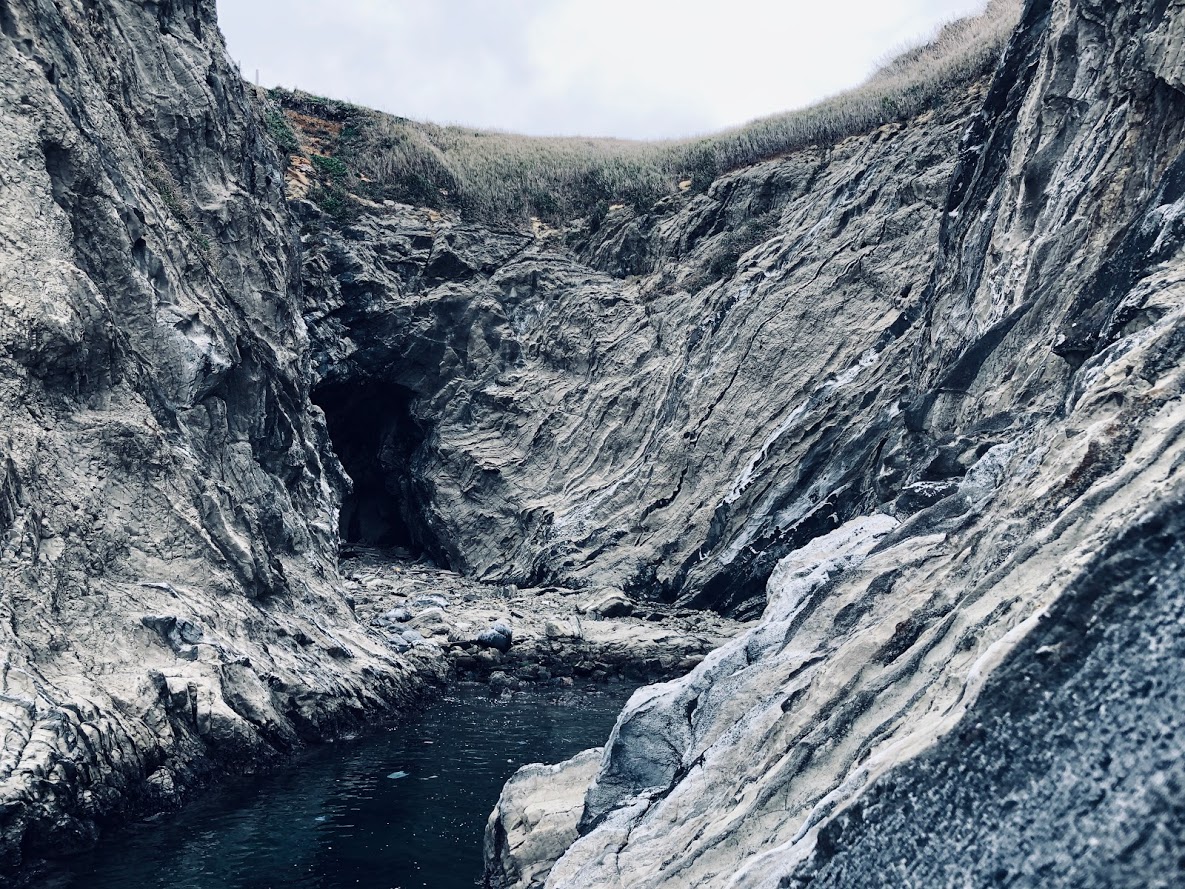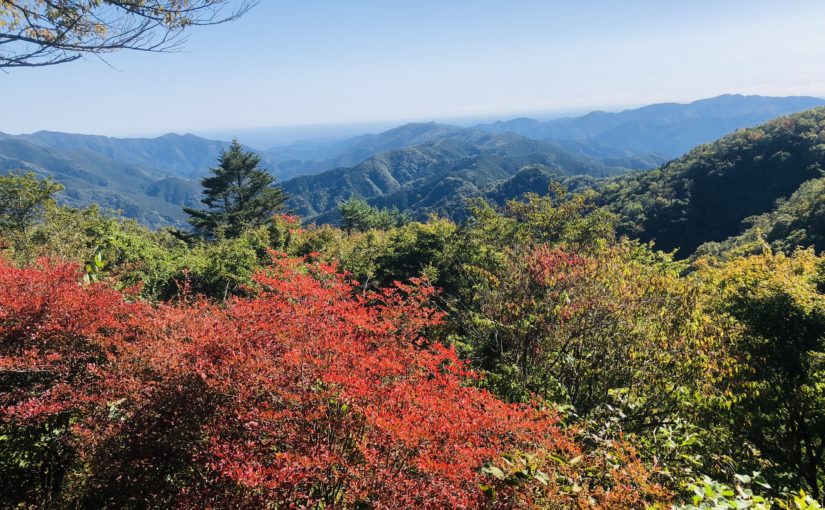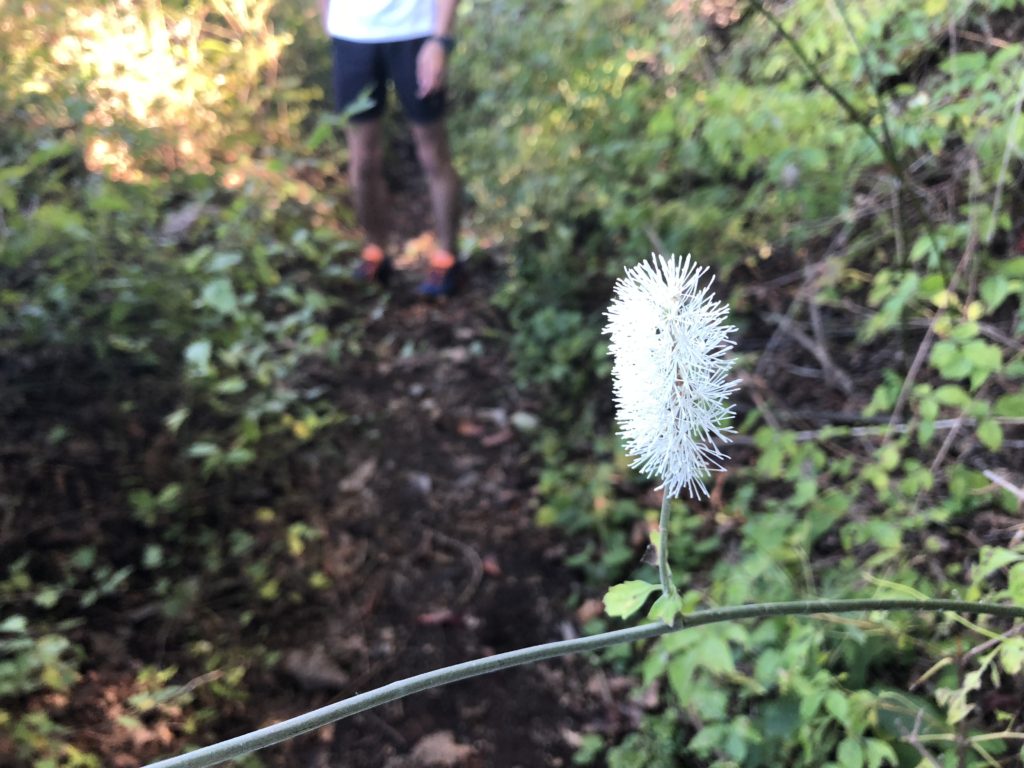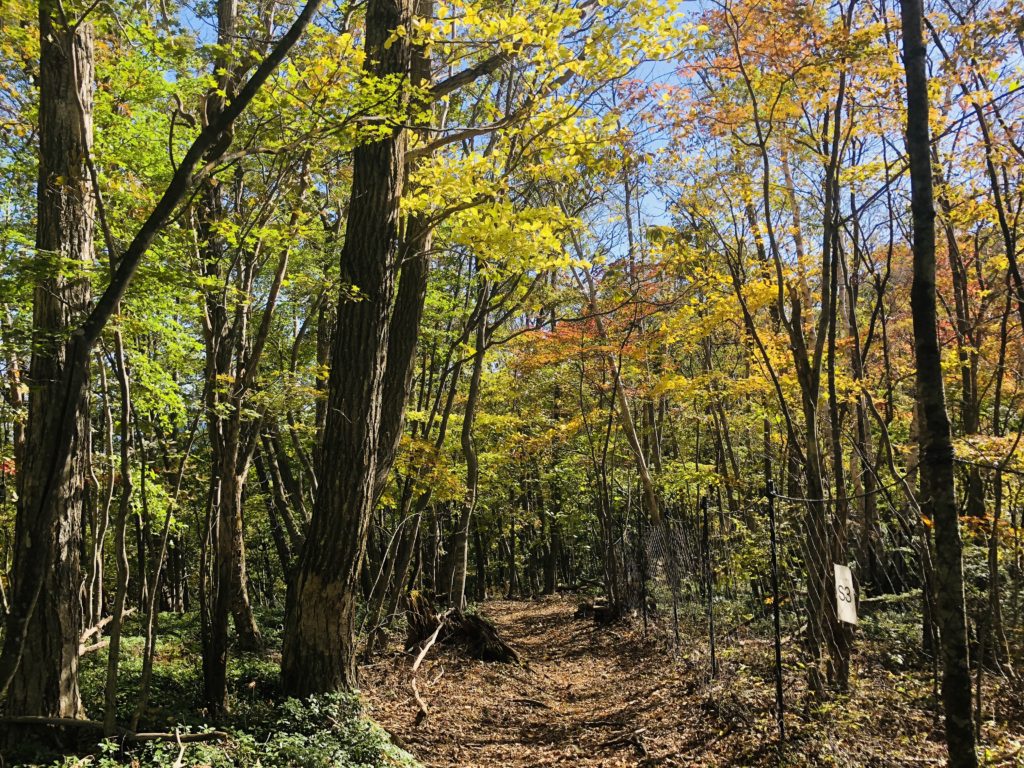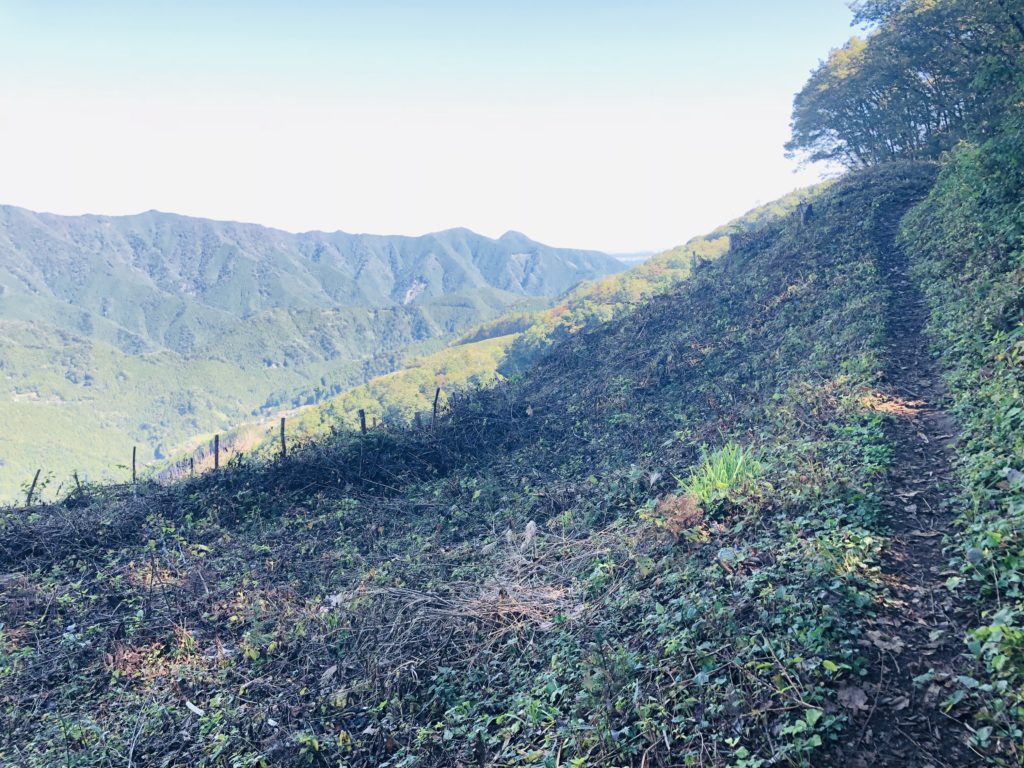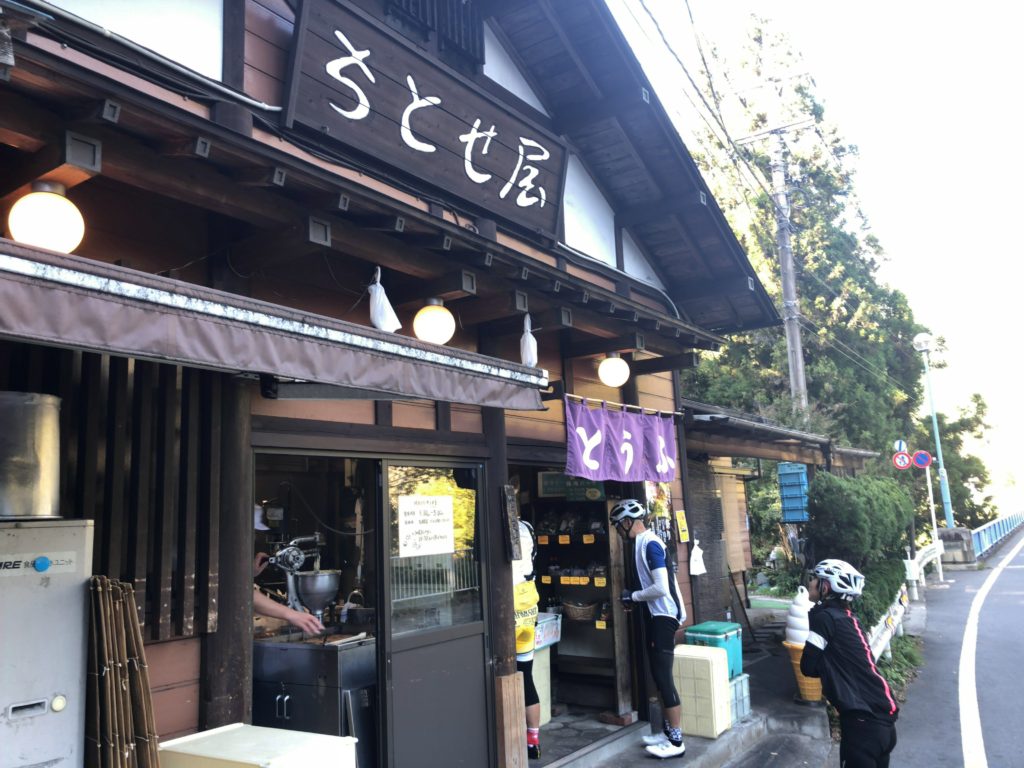Mt.Asahidake (旭岳) which is the main peak of Daisetsuzan National Park spreads view.
It is the highest mountain in Hokkaido, but you can go to the fifth stop on a ropeway.
For that reason it is a popular mountain ranging from beginners to experts with various hikers.
The scenery around Mt.Asahidake is really wonderful and it shows us various scenes depending on the four seasons.
In this article I will introduce three recommended hiking courses, from a walk course for beginners to a course for advanced hikers.
Furthermore, I will introduce all your doubts, including ropeway, hot springs and access information.
Due to the influence of the earthquake that occurred on September 6, 2018, there is a risk that the risk of aftershocks, sediment disasters, etc. may be increased. Please pay attention to future aftershock activity and rainfall situation. (As of September 6, 2018)
What’s Kind of Mountain about Mt. Asahidake (旭岳)

Elevation : 2,291 m
Location : Higashikawa town kamikawa-gun Hokaidō, Japan
Mountans : Daisetsuzan National Park (大雪山国立公園)
Highest Temperature (June-August) : 10.6 ℃
Lowest Temperature (June-August) : -2.3 ℃
Mt.Asahidake, which has a magnificent landscape of nature, is the highest mountain in Hokkaido.
It is the main peak of Daisetuzan National Park with more than 2,000 meters of mountains, and many hikers and tourists gather from all over the country every year.
It is also one of Mt.Asahidake’s attractions that you can easily enjoy superb views by using the ropeway and that there is a lot of hot springs nearby.
Mt. Asahidake which can enjoy various views throughout the year

Mt.Asahidake can enjoy various landscapes every season.
Colorful alpine plants are in full bloom in summer, bright autumn leaves spread in autumn.
In the winter it is also possible to see rare scenery such as “Sunpillar” where the sun shines vertically and “Diamond dust” which shines brightly as sunlight reflects on countless ice particles.

High altitude Asahidake is an area where many alpine plants are in full bloom.
A beautiful flower community that peaks in late July is also called “Kamiminimara (god ‘s garden)” in Ainu language.
Because Hokkaido has a high latitude and Asahi-dake is a high place, the temperature will be low even in the summer, so it is one of the attractions that you can enjoy both flower garden and snowy river at the same time. Blue sky and green color are added there, and Asahidake become a more gorgeous landscape.

Mt.Asahi-dake is also famous as the earliest leaves spot in Japan, at the end of August the mountain starts preparing autumn leaves.
While the fresh green of summer still remains, the spectacle that stains in red and yellow such as Sorbus matsumurana and Geum pentapetalum is a beautiful figure.
In September’s long weekend which is the peak of autumn leaves, many tourists come from abroad to see the best view.
Sugatami Pond Shining Blue

If you visit Mt.Asahidake please be sure to visit “Sugatami Pond”. There you can see superb veiw of Mt.Asahidake from the altitude of 1,600 m so it is a popular photo spot.
Also, the appearance of Asahidake reflected on the blue shining water surface is a mysterious sight.
You can get there from the ropeway “Kyoto” station in about 30 minutes on foot.
Therefore it is a place recommended for tourists as well as full-scale climbers.
Easy to get to the elevation of 1,600 m by riding the ropeway

The reason that many tourists gather at Asahidake may be because you can easily enjoy a superb view by riding the ropeway.
With the ropeway which is the only service in Japan to the alpine zone, you can access up to 5th station in 10 minutes. As you can ride the ropeway and enjoy a spectacular view of Daisetsuyama including Asahikake, it is familiar to a wide range of people from mountaineering experts to families.
Click here for the operation status and fee of the ropeway
Let’s bring a map of Daisetuzan National Park
English Map of Daisetuzan National Park (Amazon)
How is the weather in Daisetuzan?
Let’s CHECK the local weather before going to Asahidake.
Click here for weathet information of Mt. Asahidake
Notes on Asahidake hiking and mountain climbing
Even when you enjoy light walks such as hiking at Asahidake as well as climbing it is necessary to pay attention to clothes and shoes.
Nobody can predict what kind of happening will happen if walking in nature.
For that reason, let’s prepare firmly and go mountains.
Even at easy-walking courses let’s go with sneakers or climbing shoes!
Asahi-dake has various courses ranging from easy-walking courses to full-scale climbing courses.
Easy walking courses have well meintained climbing paths, but there are also some gravel roads and so on, so it is recommended to go shoes with sneakers or climbing shoes.
If you have high heel shoes or sandals, you may suffer feet or injure you.
Also, Daisetuzan area has a lot of rain, so it is safe to have waterproof function in addition to easy walking.
People planning to go to the summit, be sure to wear climbing shoes.
Brown bears are in the surrounding mountains! Let’s confirm the information just in case
The season when hiking is fun for human beings is also easy to encounter brown bears asking for food. There are not many sightings of brown bear at Asahidake, but many brown bears inhabit the mountains of the surrounding Daisetsuzan. Especially when you are hike longitudinally, you need to be careful, check the brown bear information in advance or take measures against bear with bells etc in advance.
Brown appearance information (Japanese)
【Difficulty ★】 Feel free to explore by riding the ropeway

Distance:1.7 km
Total Time:45 minutes
Difficuly:★☆☆
Sugatami Pond Ropeway Station (姿見駅) 15 minutes → 3rd observation platform (第三展望台) 25 minutes → Sugatami observation platform (姿見展望台) → Sugatami Pond Ropeway Station (姿見駅)

Start from Asahi-dake ropeway station.
The year round ropeway is easy to move because it is connected from the altitude of 1100 m to the Sugatami station of the terminal station.
Even if you are not confident in your physical strength, you can easily go by riding a ropeway.

Popular ropeway arrives at Sugatami station in about 10 minutes.
Beyond the forest limits you can enjoy a large panorama of lush green mountains from the train window. In autumn we can see the autumn leaves neatly.

After enjoying the spectacular view from the ropeway, we will arrive at Sugatami station. From here we will enter the walk course on the boardwalk.
Since Mt.Asahidake can be seen also from Sugatami station, it may be good to look at the mountain of Mt.Asahidake slowly first.
As you walk around the observation deck around the boardwalk, you can see two adjacent ponds called “couple pond” (夫婦池). It is the “suribachi pond” (擂鉢池) that has a deep shape like a mortar and the “mirror pond” (鏡池) that has a loose shape. On sunny days the blue sky appears on the surface of the water and you can enjoy the magnificent mountain scenery.

After walking for a while from the couple pond, you arrive at “Sugatami Pond” (Mimi pond). Behind Sugatami Pond, Mt.Asahidake of overwhelming scale feeling is near, and magnificent scenery spreads.
On a sunny day the lake shines on the emerald green and reflects Mt.Asahidake like a mirror, so please take a look when you visit.
【Difficulty ★ ★】 From the ropeway to the summit
There are two ways to aim at the top of the Asahidake mountain: a way to climb using the ropeway and a way to access from Asahidake Trailhead. Most of the climbers seem to use a ropeway in many cases.
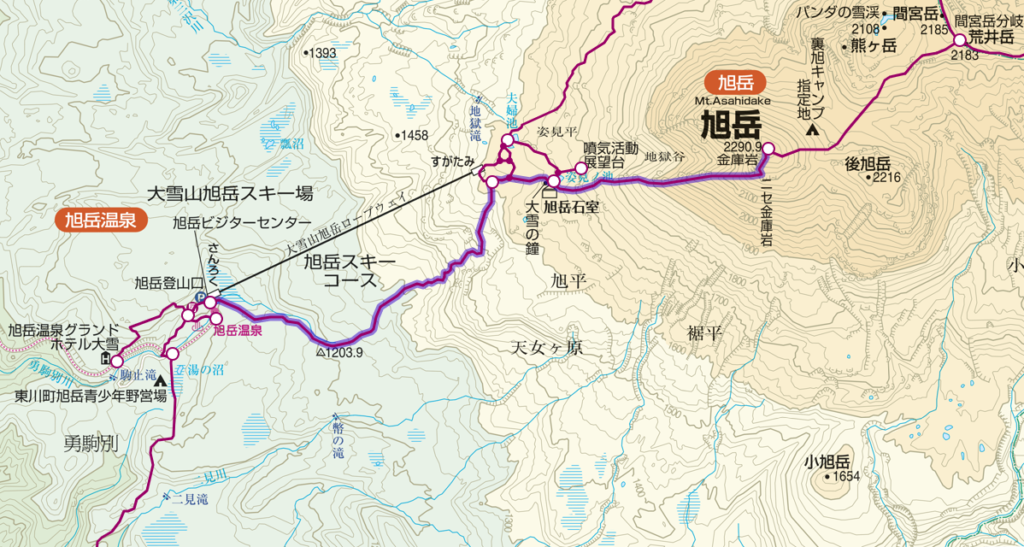
Distance:5.1 km
Total Time:4 hours and 55 minutes
Difficuly:★★☆
Sugatami (姿見) 20 minutes → Sugatami Pond (姿見の池) 150 minutes → Mt.Asahidake (旭岳) 110 minutes → Sugatami Pond (姿見の池) 15 minutes → Sugatami (姿見)

You go to the Sugatami station on the ropeway and start climbing from there towards the summit.
Movement of the ropeway is comfortable and physical strength can be preserved.
Besides, it is the best way to enjoy the wonderful panorama.
After finally checking the equipment at Sugatami station, hiking will start from here.
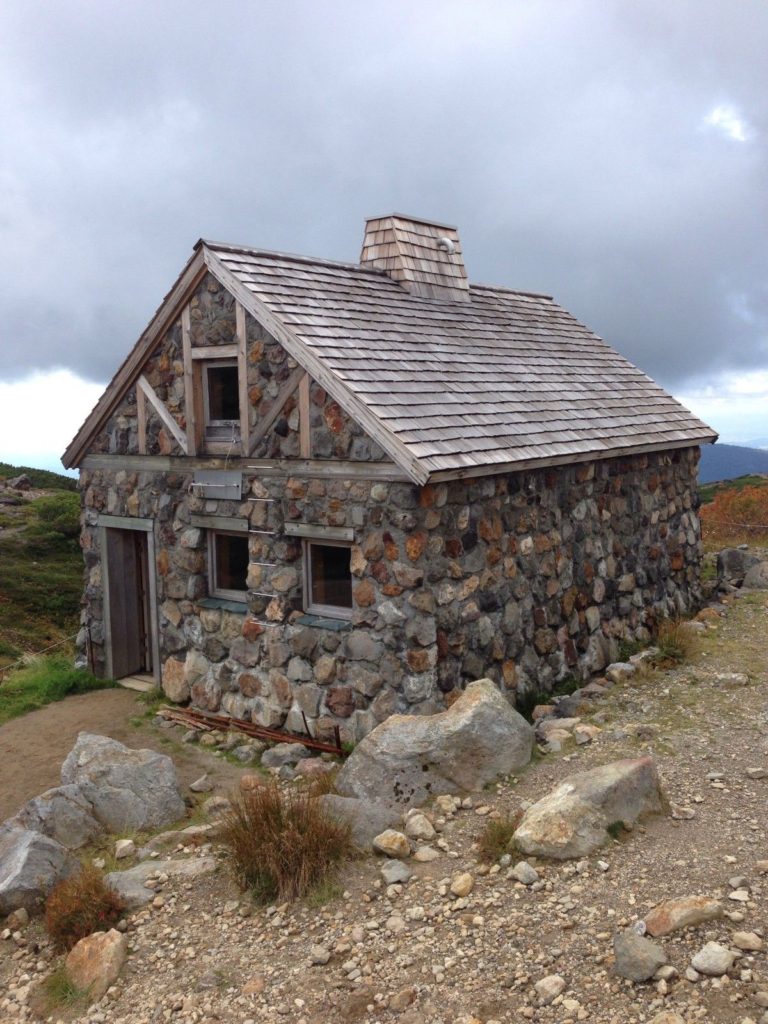
“Asahi-dake stones room” (旭岳石室) that will be visible soon as you reach Sugatami Pond.
Buildings made with a lot of stones can be used as a shelter cabin.
However, because it is for emergency purposes, it is forbidden to use it as an ordinary inn.

Walking for a while from the “Asahi-dake stones room”, the road will gradually become harder.
As rocky scenes appear as altitude increases, I recommend wearing climbing shoes instead of sneakers at your feet. As there are places that are slippery, let’s proceed carefully.

The climbing mountain road of Asahidake is linear when seen on the map, but since it is meandering in reality, it will consume more physical strength than it looks.
Passing Sugatami Pond and other sightseeing spots gradually increase in altitude, it is characterized by volcano gas, reddish brown soil and rocky areas turning into prominent areas.

From the refreshing mountain peak, you can look over Mt.Tomuraushi and Mt. Hakuundake of the same Daisetsuzan Natioal Park.
If the weather is okay, it is a 360 degree big panorama where Tokachi mountain can be seen.
The blue sky and green are beautiful and the outline of the mountain can be clearly seen.
This is a scenic spot where you can taste the ruggedness and elegance of nature at the same time.
How to go to the summit without using a ropeway
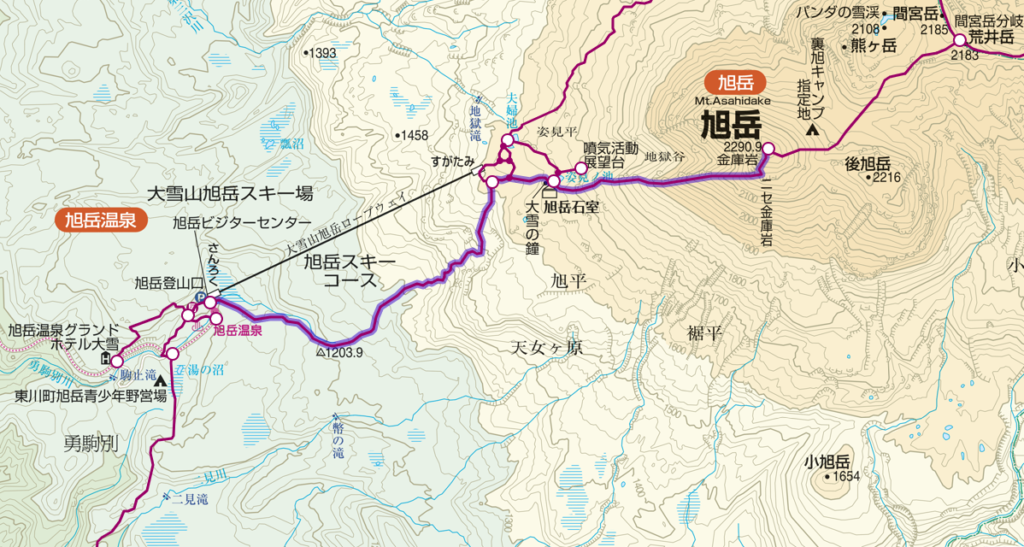
Distance:11.7 km
Total Time:9 hours and 5 minutes
Difficuly:★★★
Mt. Asahidake Trailhead (150 minutes) → Sugatami (姿見) 20 minutes → Sugatami Pond (姿見の池) 150 minutes → Mt.Asahidake (旭岳) 110 minutes → → Sugatami (姿見) 115 minutes → Mt. Asahidake Trailhead

Trailhead at Asahidake is at the foot of Mt.Asahidake Ropeway Station.
In addition to the ropeway parking lot, you may use a public parking lot such as a visitor center.

You walk on the course of the trees, as you cross the sloping street of the rock, you arrive at Ashidake’s 1st station.
The hiking route is densely planted but it is an open space where there is sunlight and the sky is visible.
On the climbing road you can see small pretty flowers such as leiocarpa.
【Difficulty ★ ★ ★】 Tour around Asahidake
Course that runs longitudinally from Mt.Mamiya from Asahidake which is the main peak of Daisetuzan.
Even in the summer, snow will remain around the back of Mt.Asahidake’s route, and finally back to Sugatami this course will bring you a spectacular view of alpine plants and mountains.
However, there are places where the footing is bad, so let’s proceed carefully.
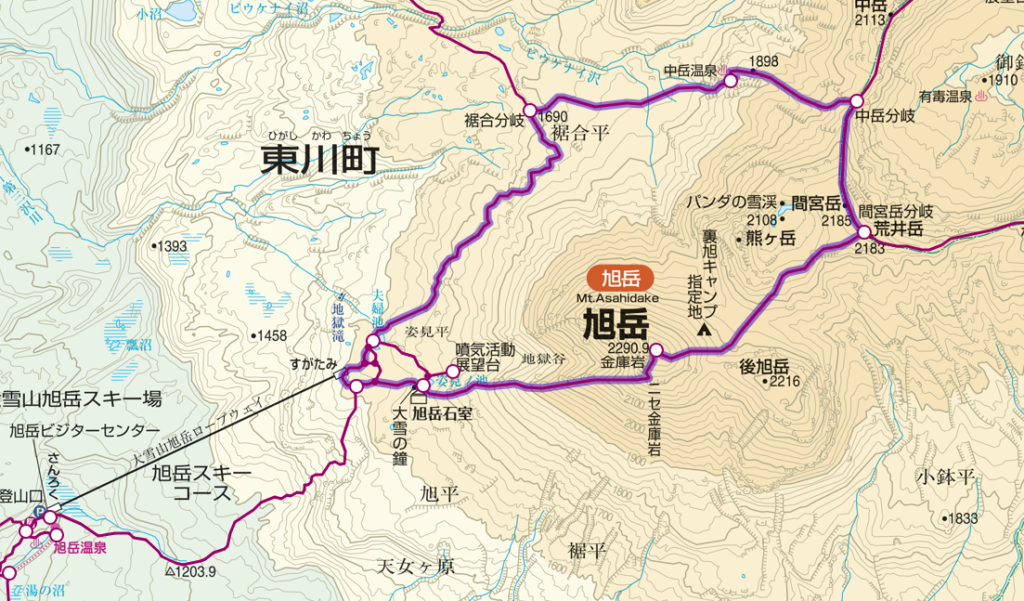
Distance:11.5 km
Total Time:7 hours and 40 minutes
Difficuly:★★★
Sugatami (姿見) 170 minutes→ Mt. Asahidake (旭岳) 60 minutes→ Mt. Mamiyadake branch (間宮岳分岐) 60 minutes→ Nakadake hot spring (中岳温泉) 60 minutes→ Susoaidaira (裾合平) 110 minutes→ Sugatami

To the Sugatami station which is the start of the round trip course, I climb from the ropeway or climbing mouth and access it.
Until the summit the course goes through Sugatami Pond, Asahi-dake stones room and rocky road.
Beyond the Kinko-rock, you climb a steep hill to the last and you can see the summit of the mountain.
For the course to Asahidake summit top please refer to the course of 【Difficulty ★ ★】.
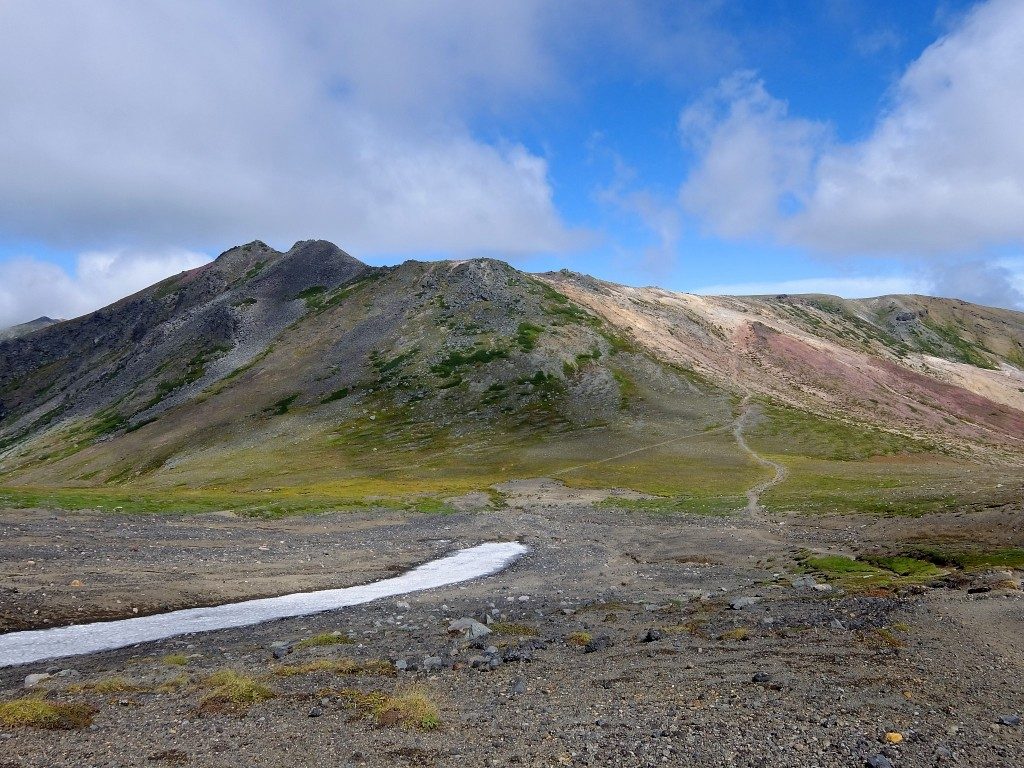
Route from Asahidake summit to the back Mt.Asahidake starts from downhill.
As steep slopes with many rocks are slippery, attention is necessary.
Hikage – yakubo Especially carefully in the summer as snow still remains.
Nakadake Onsen with its natural outdoor hot spring is the perfect spot for healing tired feet.
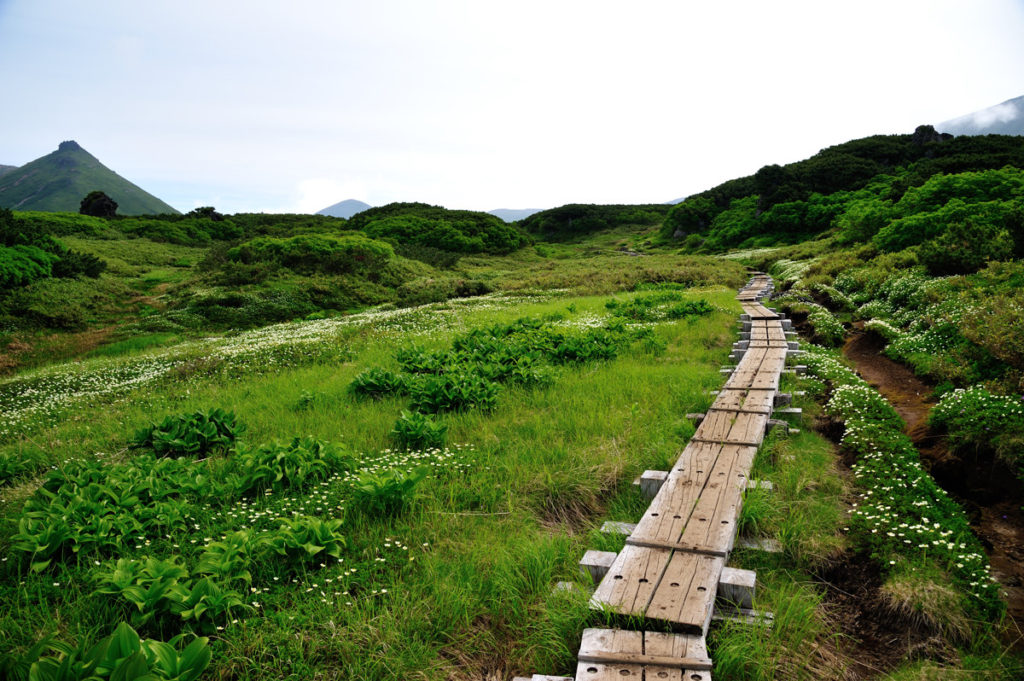
The route from Nakadake Onsen to Susoai-daira will walk along a refreshing blue sky and a nice view.
Along the wood road where the flower garden spreads in the summer, you can stroll while enjoying beautiful flowers such as white pentapetalum and pink Pedicularis.
Access to Mt.Asahidake · Parking information
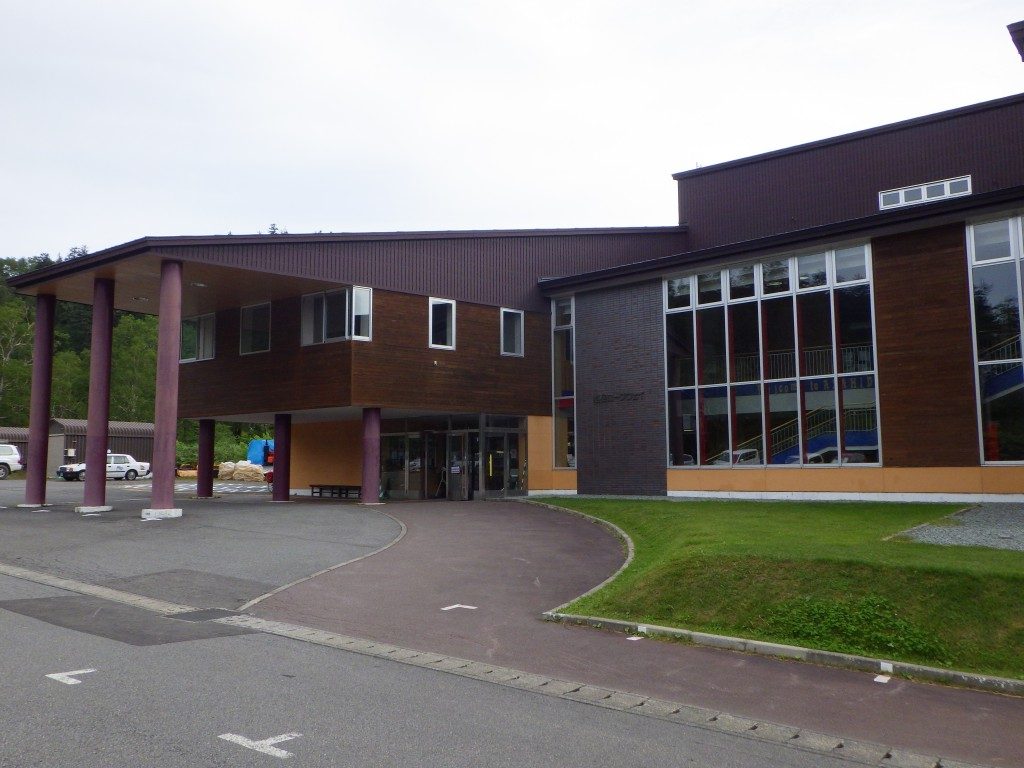
Asahi-dake ropeway which makes it easy to enjoy the dynamic view of Daisetsuzan.
Because it operates all season, you can get on board at your own schedule.
There are also souvenirs and local gourmet at the station.
料金(普通運賃):
|
June 1 – October 20 |
October 21 – May 31st |
| Round-trip ticket |
One way ticket |
Round-trip ticket |
One way ticket |
| Adult |
2,900 JPY |
1,800 JPY |
1,800 JPY |
1,200 JPY |
| Child |
1,450 JPY |
900 JPY |
900 JPY |
600 JPY |
Business period: whole year
Number of parked cars: 150 ordinary cars and bikes, 10 or more medium-sized cars etc.
Parking fee: once a day / ordinary car / bike 500 yen, non-ordinary car 1,500 yen ※ parking fee for November – May free
Address: Asahidake Onsen Higashikawa-cho, Kamikawa-gun, Hokkaido
Phone number: 0166-68-9111
【How to access Asahidake Ropeway】
Access by Train / Bus
Sapporo Station → Super Kamui No. 1 → Asahikawa Station → Asahikawa Denkikidō Bus Ideyu → Get off at Asahidake (Ropeway Foothills)
How to access by car
Asahikawa Kita IC of Road Traffic Route → Route 37 → Route 1160 → Asahidake Ropeway
Asahidake Onsen Parking lot
The parking lot of Asahidake Onsen is 4 places in total including the parking lot in front of the Asahidake Visitor Center.
There is a chargeable and free place in the parking lot, and there are places where the presence or absence of the fee changes depending on the season.
Fee: November – May is free, other periods are charged
Number of parking units: 100 (free), 150 (charged)
Roundup of Mt. Asahidake
Mt. Asahi-dake is the highest mountain in Hokkaido belonging to Daisetsuzan National Park. Even tourists and families who do not climb mountain can enjoy powerful elegant scenery and autumn leaves from the ropeway. Regardless of course difficulty when walking Asahi-dake, it is important to firmly prepare winter clothes / shoes. Please enjoy yourself with nice animals and plants!
【Points to note when climbing】
· Please haiking with a solid training on climbing equipment. Mountain climbing shoes, thick socks, rain gear up and down, cold weather protection, head lamp, hat, zack, quick-drying clothes, food, water etc.
· There are several climbing routes, so there are many branches so maps and compasses are indispensable.
· Just in case, do not forget mountain climbing notification and mountain insurance!
· These courses will change difficulty level depending on climbing experience, physical strength, weather etc. Please make reference only, please make a reasonable plan according to your own physical fitness and enjoy climbing.
